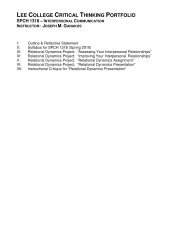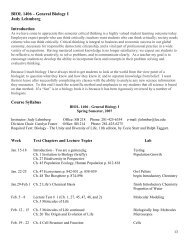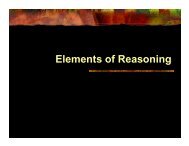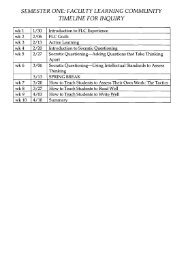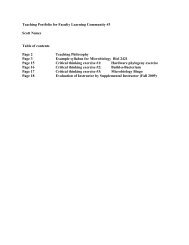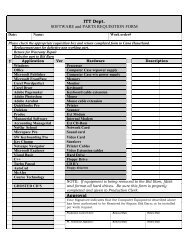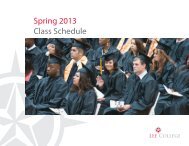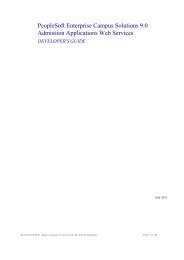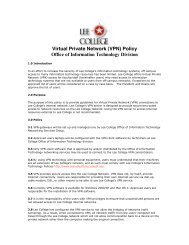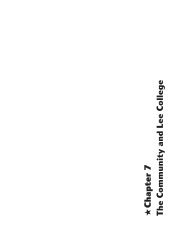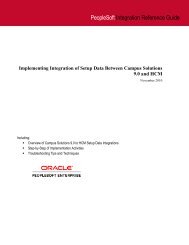Cheryl Willard - Lee College
Cheryl Willard - Lee College
Cheryl Willard - Lee College
You also want an ePaper? Increase the reach of your titles
YUMPU automatically turns print PDFs into web optimized ePapers that Google loves.
Practice #9:<br />
Simulated Experiment<br />
For this activity, an experiment is simulated in the classroom. I ask for a volunteer who<br />
is willing to balance a bottle on the forefinger of both their right and left hands and to spell<br />
words at the same time. I ask the volunteer to step out of the room while I state the hypothesis<br />
that “Balancing durations will shorten more in the right hand than the left with the introduction<br />
of a verbal task.”<br />
In this type of research design, the subject serves as his/her own control. There is first a<br />
silent condition when the student just balances the bottle without spelling words. The student is<br />
timed and baseline balancing durations are established and recorded for both the right and left<br />
hands, one hand at a time. The student then balances the bottle again, separately, in both the<br />
right and left hands while words are pronounced for her/him to spell. The entire sequence is then<br />
repeated again.<br />
While I average the scores and calculate differences to determine whether or not the<br />
hypothesis was confirmed, the students respond independently in writing to the following<br />
questions:<br />
• Why does the hypothesis make sense? [At this point, we have talked about both<br />
research methods and structures and functions of the brain, including cross laterality<br />
(the fact that the left hemisphere of the brain controls the right side of the body and<br />
the right hemisphere controls the left side of the body), and the language centers<br />
being located in the left hemisphere. When the volunteer is spelling words and<br />
balancing at the same time in his/her left hand, the right hemisphere is simply doing<br />
the balancing. However, when the volunteer is spelling words and balancing at the<br />
same time in his/her right hand, the left hemisphere is both balancing and has the<br />
added burden of the verbal task, creating greater neural interference with balancing in<br />
the right hand].<br />
• What was the independent variable? [The verbal task]<br />
• What was the dependent variable? [Balancing durations]<br />
• If this were an actual experiment, what extraneous variables would have to be<br />
controlled? [There are many, some of which include: sample size, noise and other<br />
distractions, and difficulty level of the words]<br />
34



